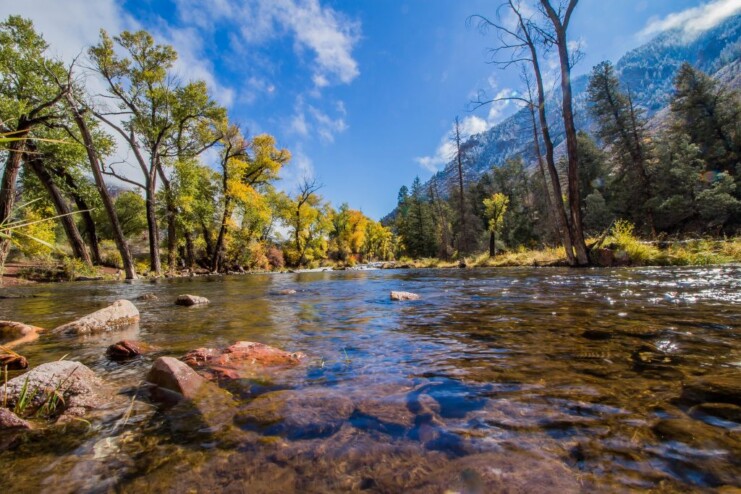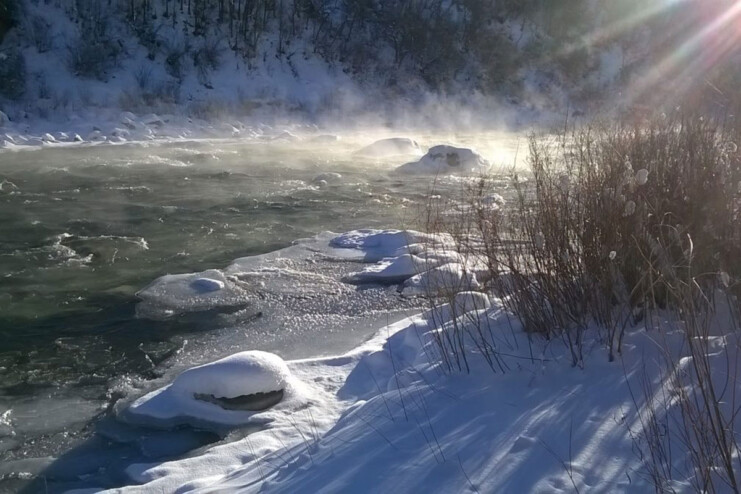Background
The City of Aspen, concerned about the effect of local diversions and large transmountain diversions on native flow with the river, reached out to Colorado Water Trust to find a solution to bolster streamflow. The partnership began with two single-year agreements in 2013 and 2014 that provided short-term support to river health, and eventually led to a long-term agreement that would bolster flows and protect the City’s water rights.
Tool
Loans & Leases
In 2013 and 2014, the Water Trust entered singular Non-Diversion Agreements with the City of Aspen to support flows in a critical reach of the Roaring Fork River. In 2016, a 5-in-10-year Non-Diversion Agreement was formalized to provide a longer-term solution that boosts the Roaring Fork during five of ten years while protecting the City of Aspen’s water rights.
Partners
The City of Aspen, Pitkin County Healthy Rivers and Streams Board, Bonneville Environmental Foundation, Laffey-McHugh Foundation

